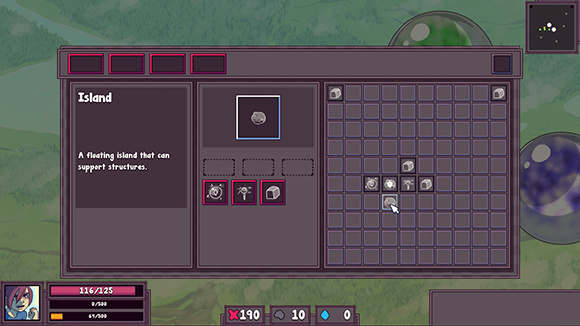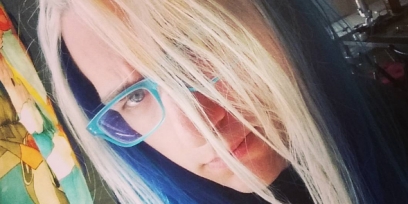Doodle Post
No Comments
//In a static class that holds all the Config objects
public static RichTextConfig RTSkyCellStat = new RichTextConfig() {
ShadowColor = G.Colors.Dark,
OutlineColor = G.Colors.Dark,
OutlineThickness = 3,
CharColor = G.Colors.Light,
ShadowY = 3,
Font = Assets.FontHud,
MonospaceWidth = 16,
FontSize = 28
};
public RichText TextHealth = new RichText("600", Config.RTSkyCellStat);
